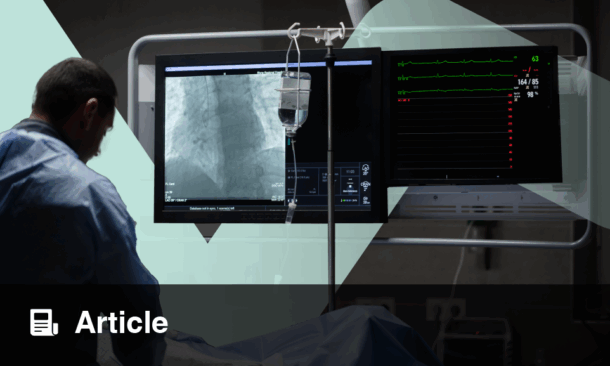A CONVENIENT angiographic microcirculatory resistance (AMR) index has been shown to accurately identify microvascular dysfunction after primary percutaneous coronary intervention in patients with ST-segment elevation myocardial infarction, predicts increased risk of long-term adverse cardiovascular events if elevated, and supports improved risk stratification for prognosis and treatment.
Coronary microvascular dysfunction, where small blood vessels fail to provide adequate oxygen following a heart attack, can persist even after successful reopening of major arteries. This condition is a strong predictor of complications such as heart failure or repeat heart attacks. Traditionally, the intraoperative index of microcirculatory resistance (IMR) has been used to assess microvascular function, but its requirement for pressure wires and medication to stimulate blood flow limits its practical application. The AMR index is a simpler, pressure wire-free tool for diagnosing dysfunction during patient care.
The EARLY-MYO-AMR study evaluated AMR in two large patient cohorts. In the derivation cohort, 495 heart attack patients treated within 12 hours underwent primary PCI and subsequent cardiac magnetic resonance imaging. AMR values above 26.6 mmHgs/dm were consistently linked to microvascular dysfunction, with an odds ratio of 4.10. In a larger validation cohort involving 2,663 patients and follow-up of at least one year, those with elevated AMR after PCI had significantly more major adverse cardiovascular events: 30.9 percent compared to 21.5 percent in those with lower AMR, with an adjusted hazard ratio of 1.47. The risk increased for each 10 mmHgs/dm rise in AMR, and reproducibility analyses showed the measure was robust and reliable.
In clinical practice, the AMR index can help clinicians identify heart attack patients at highest risk for subsequent complications quickly and conveniently. By incorporating AMR into routine care, teams can target therapies at those most in need, potentially improving outcomes and reducing repeated adverse events. Further research may focus on integrating AMR with other risk models and expanding use in wider cardiac populations.
Reference
Zhang Z et al. Single-view angiographic microcirculatory resistance index after primary PCI: the EARLY-MYO-AMR study. EuroIntervention: journal of EuroPCR in collaboration with the Working Group on Interventional Cardiology of the European Society of Cardiology. 2025;21(17):e1015-27.








